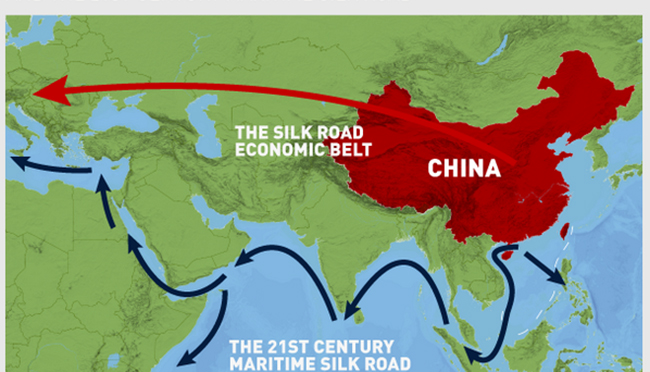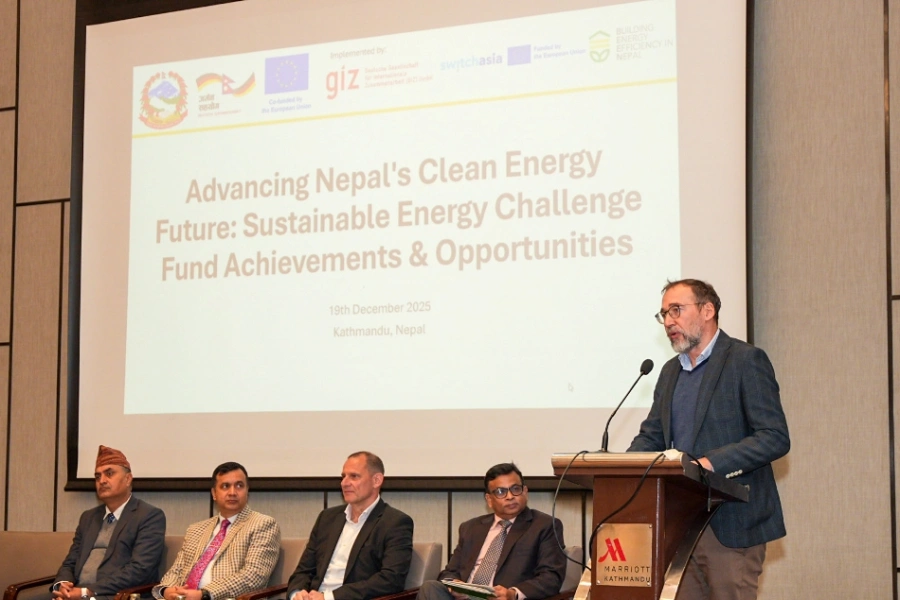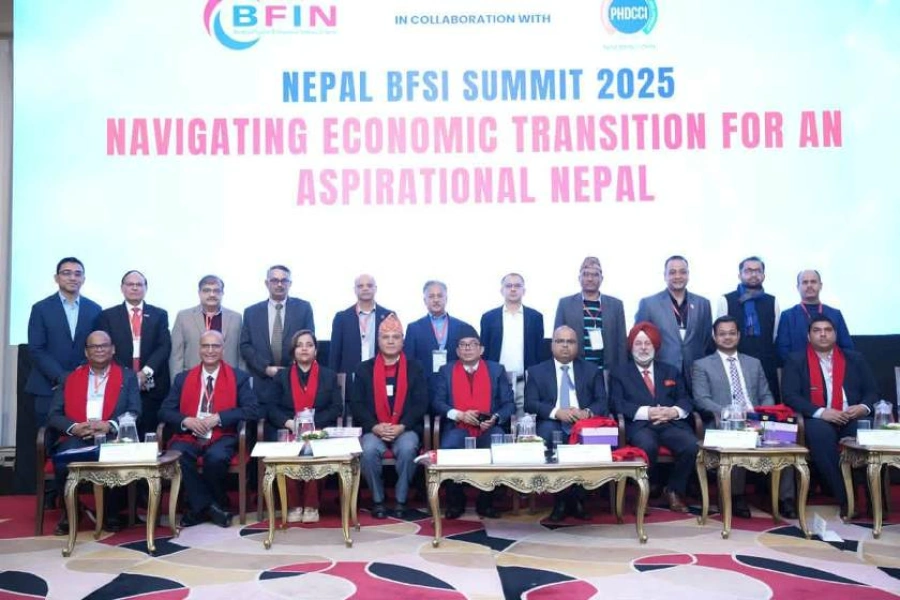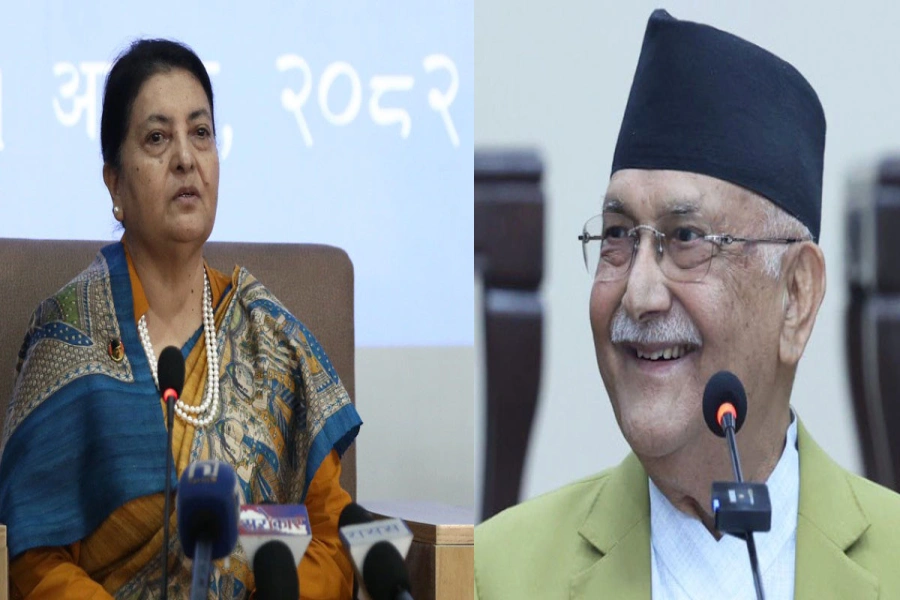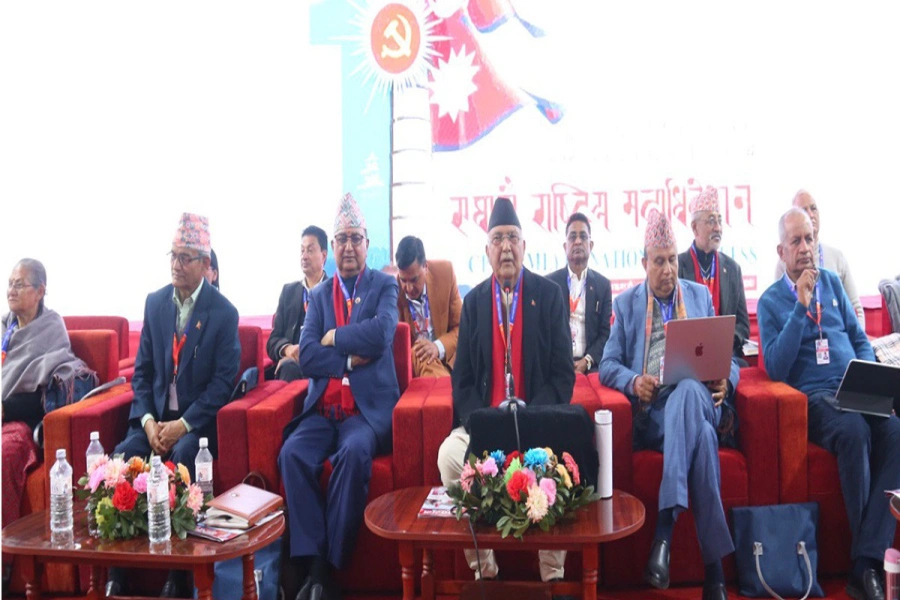In October 2013, Chinese President Xi Jinping first proposed the ‘One Belt One Road’ initiative during his visit to Central and Southeast Asian countries. There are two main routes for the ‘belt’, starting in China and ending in Europe: one is through Central Asia and Russia; the other is from Central Asia and West Asia to the Persian Gulf and all countries on the Mediterranean coast. Considered the new Silk Road, it involves 65 core countries, covering an area of about 5,539 km², accounting for 41.3 percent of the world’s surface.
Nepali Youths in Belt and Road Initiative

In 2015, Chinese enterprises made direct investments in 49 countries related to “One Belt One Road”. As of December 2016, Chinese enterprises have established 56 economic and trade cooperation zones in 20 countries with a total investment of up to 18.5 billion US dollars. With the support of the government, the initiative has greatly boosted the volume of overseas M&A deals. In terms of sectors, oil and gas are the major industries in China’s M&A activity among participating ‘One Belt One Road’ countries—with a total transaction volume of over 38 billion US dollars in the past 12 years.
